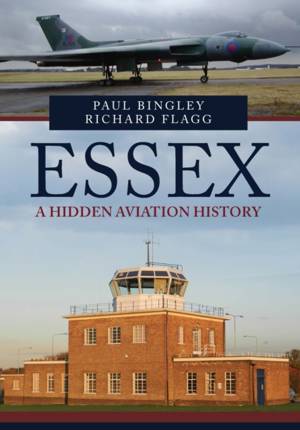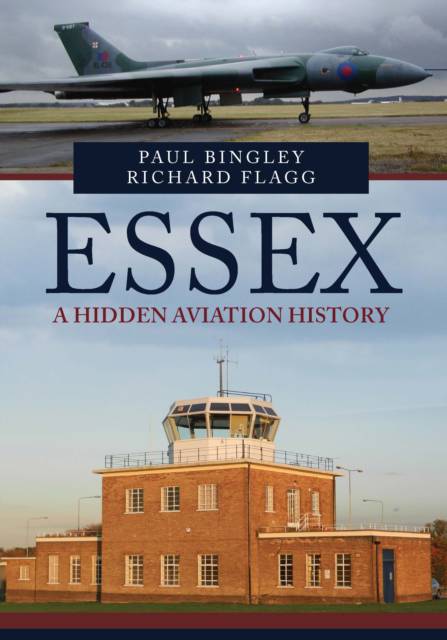
- Afhalen na 1 uur in een winkel met voorraad
- Gratis thuislevering in België vanaf € 30
- Ruim aanbod met 7 miljoen producten
- Afhalen na 1 uur in een winkel met voorraad
- Gratis thuislevering in België vanaf € 30
- Ruim aanbod met 7 miljoen producten
Zoeken
€ 22,45
+ 44 punten
Omschrijving
Essex is not known for being the cradle of British aviation, but perhaps it should be. From the establishment of Britain's earliest aerodrome to its dogged defence of London during two world wars, Essex can rightly stake its claim to a place in British aviation history. Yet it has largely flown under the radar. Essex's aviation heritage is commemorated by the UK's largest known surviving group of Royal Flying Corps buildings; meanwhile, its future is led by the UK's fourth busiest airport - a place once built by foreign hands. In between, its soil has been crossed by now-invisible runways and dotted with little-known memorials. For more than a century, England's eleventh largest county has played host to some of the country's most ground-breaking aerial moments. Essex: A Hidden Aviation History uncovers the concealed landmarks that tell the remarkable story of one county's special contribution to British aviation.
Specificaties
Betrokkenen
- Auteur(s):
- Uitgeverij:
Inhoud
- Aantal bladzijden:
- 96
- Taal:
- Engels
Eigenschappen
- Productcode (EAN):
- 9781445694818
- Verschijningsdatum:
- 15/03/2020
- Uitvoering:
- Paperback
- Formaat:
- Trade paperback (VS)
- Afmetingen:
- 160 mm x 229 mm
- Gewicht:
- 294 g

Alleen bij Standaard Boekhandel
+ 44 punten op je klantenkaart van Standaard Boekhandel
Beoordelingen
We publiceren alleen reviews die voldoen aan de voorwaarden voor reviews. Bekijk onze voorwaarden voor reviews.











